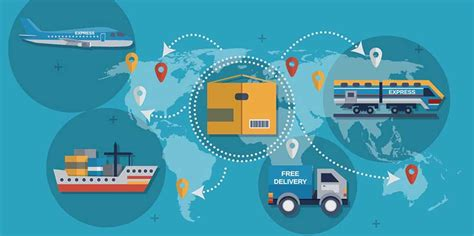Global Supply Chain Crisis: Why it happened and How it can be solved
What is the issue
Globally supply chain logjams are causing long delays in logistics movement. For consumers, it means empty shelves, product shortage, and higher prices. For manufacturers and retailers, it is about delivery delays, inflated transportation fees, and new challenges requiring everyday intervention.
Causes which contributed to the current state.
- There is no one single root cause in this case. It is only fair to say that the supply chain was loaded to the brim even before the pandemic. New pressure was added as a few million were added to internet shopping. The demand did not change drastically. But the channels through which that demand was being fulfilled shifted. This sudden demand pattern change led to complete change in supply chain dynamics. It added new pressure to the already loaded supply chain. The supply chain systems are trying to adjust to this ‘new normal’.
- Ports slowed down because of the staff shortages due to pandemic. They couldn’t handle the additional influx. Containers that arrived had to wait longer for getting cleared. This also caused a logjam in the ports as new ships arrived and had to wait before the existing ships had to be offloaded. Once again additional measures were slow because of staff and equipment shortage.
- Since the existing containers took a longer time to be cleared, they couldn’t be sent back to their ports of origin. Also the new ships coming in made the exit slow and time consuming. Thus, a container shortage developed.
- The Chinese container industry also slowed down because of the pandemic and new containers were not available. This deepened the crisis further.

- The coal shortages from India that resulted because of lack of workforce during the pandemic further slowed down the movement of goods worsening the crisis.
- Now, people have turned towards air freight wherever possible, but that option too is now log jammed.
- The nature of the crisis is different in each country.
- Germany and France have lost economic momentum in September and their recovery seems slow.
- China faces severe worker shortages, power outages due to lack of coal supply and harsh Covid restrictions that are slowing the country down.
- The UK is facing the worst of the crisis. Due to Brexit 2020 UK lost a lot of HGV lorry drivers and other workers who returned to their home countries after Brexit. Because of this fuel deliveries got impacted which slowed down the whole supply chain. Medical supplies also have gotten impacted and caused concerns in the healthcare industry.
What is been done so far & what is current status
- A major roadblock to step up the supply chains is Covid itself. Many countries are cautious and are implementing strict restrictions at workplaces to contain the breakout of further waves. Until effective vaccination is done there seems like no alternative to this issue.
- Temporary pop-up warehouses, hiring sprees, increased localisation of demand, increasing road and air freight traffic are all doing their bit. But with the massive shortages of fuel and workers, not much can be done.
How far it will take
- It is now being said that this crisis is going to last for the entire 2022 before any letup is seen.
- Consumer pent up demand is like a broken dam now. And orders are pouring in like floodgates have opened. Businesses are reluctant to let go of this opportunity window. Countries also want that economic activity upsurge
My take on approach & how we can avoid in future
- Consumer demand will have to be contained with increased prices and postponing non essential items. But this is a hard decision because no one would like to lose the economic opportunity. However with fuel and shipping prices being pushed up, prices will go up and that would automatically offset the demand influx. But, it would take time. This is better handled by the free market economy dynamics itself. Intervention seems to be unnecessary.

- Creating more warehouse space in the long run, hiring skilled workers who can work in various aspects of supply chain will help
- Digitizing the entire supply chain using technologies such as, data science, machine learning, block chain and IoT so that the flow of goods and services becomes extra smooth is the order of the day.

